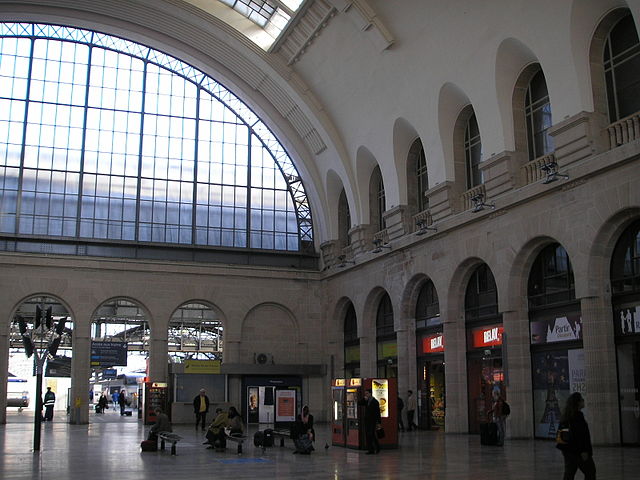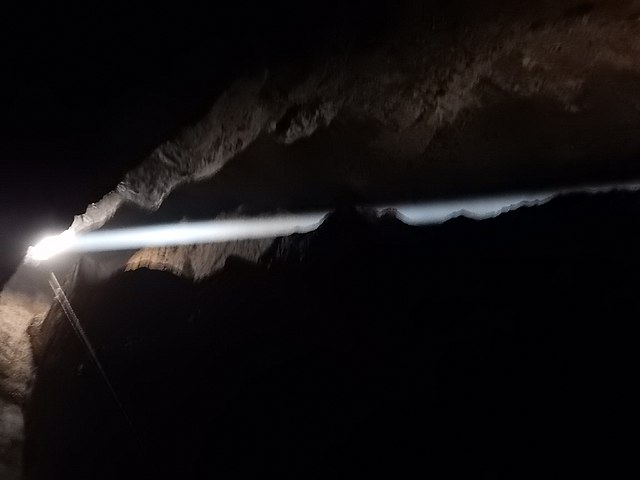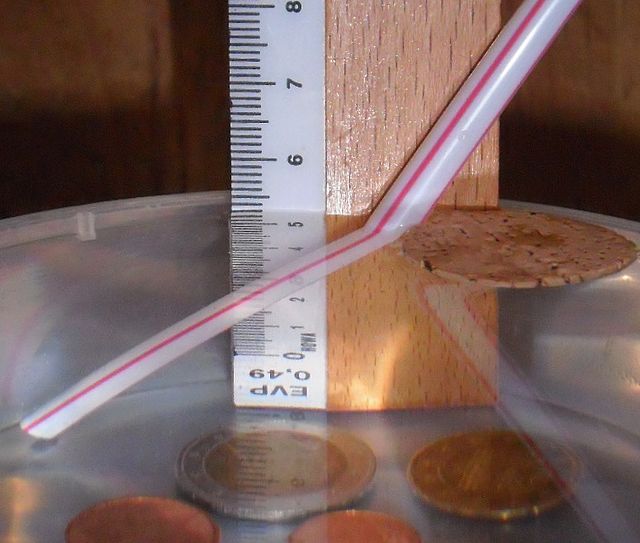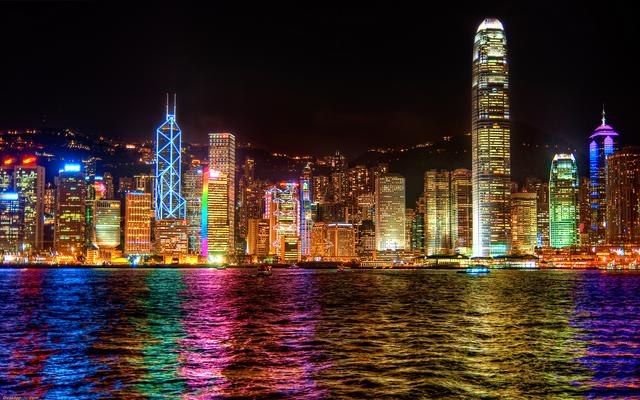Lighting or illumination is the deliberate use of light to achieve practical or aesthetic effects. Lighting includes the use of both artificial light sources like lamps and light fixtures, as well as natural illumination by capturing daylight. Daylighting is sometimes used as the main source of light during daytime in buildings. This can save energy in place of using artificial lighting, which represents a major component of energy consumption in buildings. Proper lighting can enhance task performance, improve the appearance of an area, or have positive psychological effects on occupants.
Acropolis of Athens illuminated at night
Illuminated cherry blossoms, light from the shop windows, and Japanese lantern at night in Ise, Mie, Japan
Daylight used at the train station Gare de l'Est Paris
Low-intensity lighting and haze in a concert hall allows laser effects to be visible.
Light, visible light, or visible radiation is electromagnetic radiation that can be perceived by the human eye. Visible light spans the visible spectrum and is usually defined as having wavelengths in the range of 400–700 nanometres (nm), corresponding to frequencies of 750–420 terahertz. The visible band sits adjacent to the infrared and the ultraviolet, called collectively optical radiation.
A triangular prism dispersing a beam of white light. The longer wavelengths (red) and the shorter wavelengths (green-blue) are separated.
Beam of sun light inside the cavity of Rocca ill'Abissu at Fondachelli-Fantina, Sicily
Due to refraction, the straw dipped in water appears bent and the ruler scale compressed when viewed from a shallow angle.
Hong Kong illuminated by colourful artificial lighting








